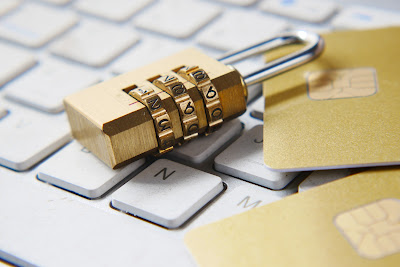In this article, we delve into the crucial aspects of privacy and security within smart environments. With the rapid advancements in technology, particularly the Internet of Things (IoT) and smart home technology, it is essential to understand how data is collected, stored, and secured by these innovative devices. By learning about encryption, authentication mechanisms, and best practices for protecting your personal information, you can confidently navigate the exciting yet privacy-sensitive world of smart technology.
 |
| Privacy & Security |
Introduction: Unveiling the Intricacies of Privacy and Security Smart environments have revolutionized the way we interact with our surroundings. From voice-controlled virtual assistants to connected appliances and devices, the Internet of Things has seamlessly integrated into our lives. However, as with any presence of technology, it is crucial to be cognizant of the privacy and security implications. In this article, we aim to demystify the complexities associated with safeguarding your personal information in a smart environment. Understanding Data Collection and Storage in Smart Devices Smart devices function by collecting a vast amount of data, providing personalized experiences and streamlined automation. However, the process of data collection raises concerns about digital privacy. To address these concerns, it is crucial to understand the mechanisms through which data is collected and stored within smart devices. We delve into the inner workings of these devices and explore the measures taken to protect your privacy. Encryption: The Shield Protecting Your Personal Information Encryption plays a pivotal role in ensuring the confidentiality and integrity of your personal information. By converting data into an unreadable format, encryption protects your sensitive details from unauthorized access. We explore the various encryption techniques used within smart environments and shed light on their significance in preserving privacy.
Authentication Mechanisms: Verifying and Authorizing Access
Authenticating and authorizing access prevents unauthorized individuals from infiltrating your smart environment. In this section, we delve into the authentication mechanisms employed by smart devices, such as biometrics, multi-factor authentication, and secure tokens. Understanding these mechanisms empowers you to take control of your privacy and security.
Best Practices for Protecting Your Personal Information
To ensure optimal privacy and security within a smart environment, it is essential to adhere to best practices. We discuss actionable steps and measures you can take to protect your personal information. From securing your network and updating firmware to managing user permissions and regularly reviewing privacy settings, implementing these practices can significantly enhance your privacy posture.
Conclusion
As smart technology continues to advance, it is vital to maintain a keen awareness of the privacy and security implications it encompasses. By comprehending how data is collected, stored, and secured in smart environments, and implementing best practices and encryption protocols, you can confidently harness the potential of this transformative technology without compromising your personal information.
Frequently Asked Questions
1. What is the Internet of Things (IoT)?The Internet of Things refers to the interconnected network of physical devices that are embedded with sensors, software, and network connectivity, enabling them to exchange and collect data.
2. How does smart home technology improve convenience?Smart home technology automates various tasks, allowing for enhanced convenience. From controlling appliances remotely to setting customized schedules, smart home devices streamline daily routines.
3. Are all smart devices equally reliable in terms of privacy and security?While most reputable smart device manufacturers prioritize privacy and security, some devices may have vulnerabilities. It is essential to research and choose devices from reliable and trustworthy brands.
4. How can I protect my smart home network from potential cyber threats?
To safeguard your smart home network, ensure you have a robust and updated firewall, unique and strong passwords, and regularly update device firmware. Additionally, consider enabling network segmentation for enhanced security.
5. Are there any legal regulations governing smart device privacy and security?Several jurisdictions have implemented regulations to protect consumer privacy and security in relation to smart devices. Familiarize yourself with the applicable laws and regulations in your region to ensure compliance and protection.
Remember, as technology evolves, so do the privacy and security challenges. Stay informed and remain proactive in safeguarding your personal information within smart environments
No comments:
Post a Comment